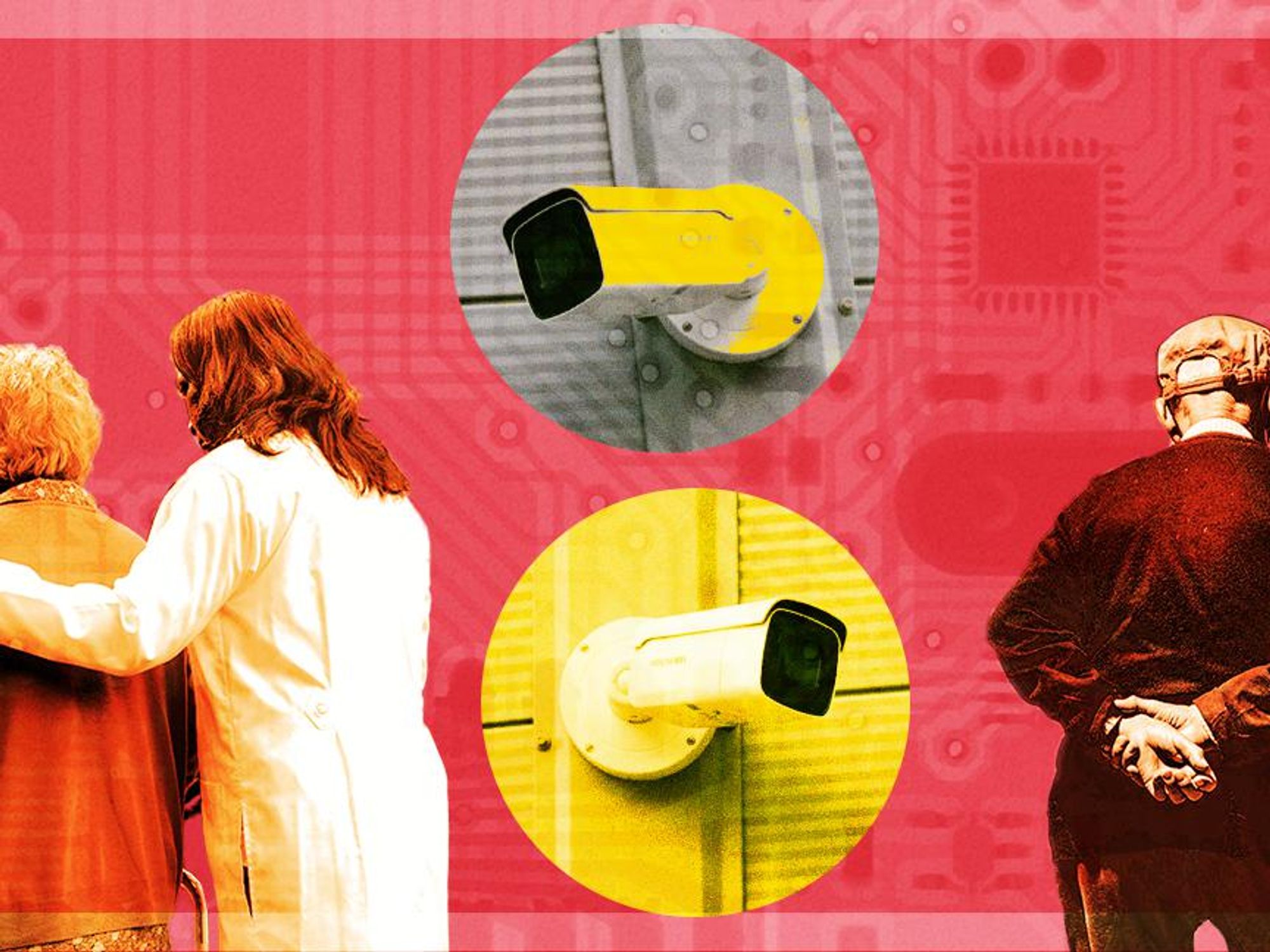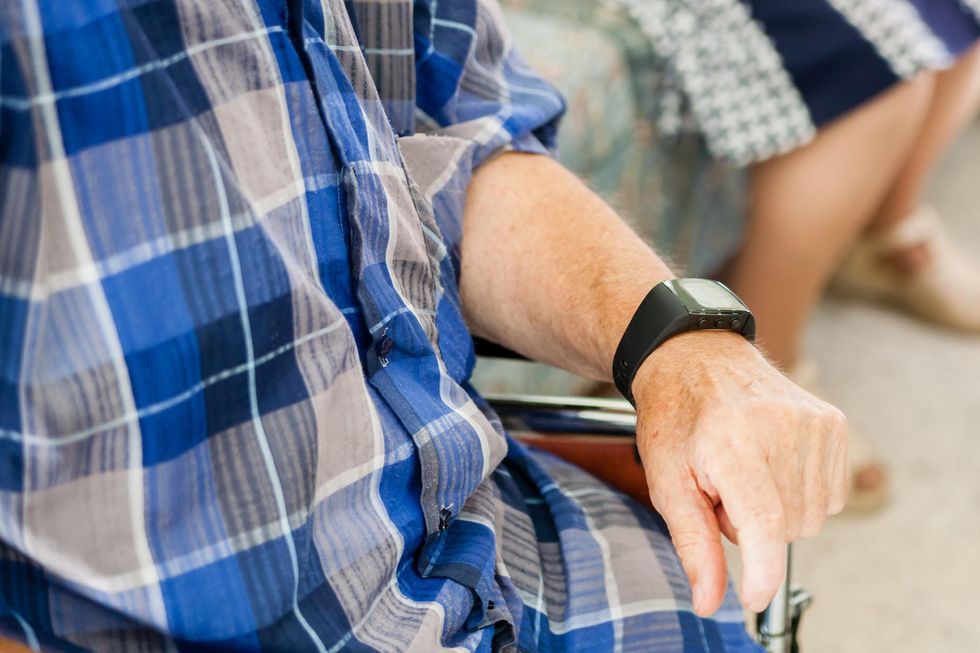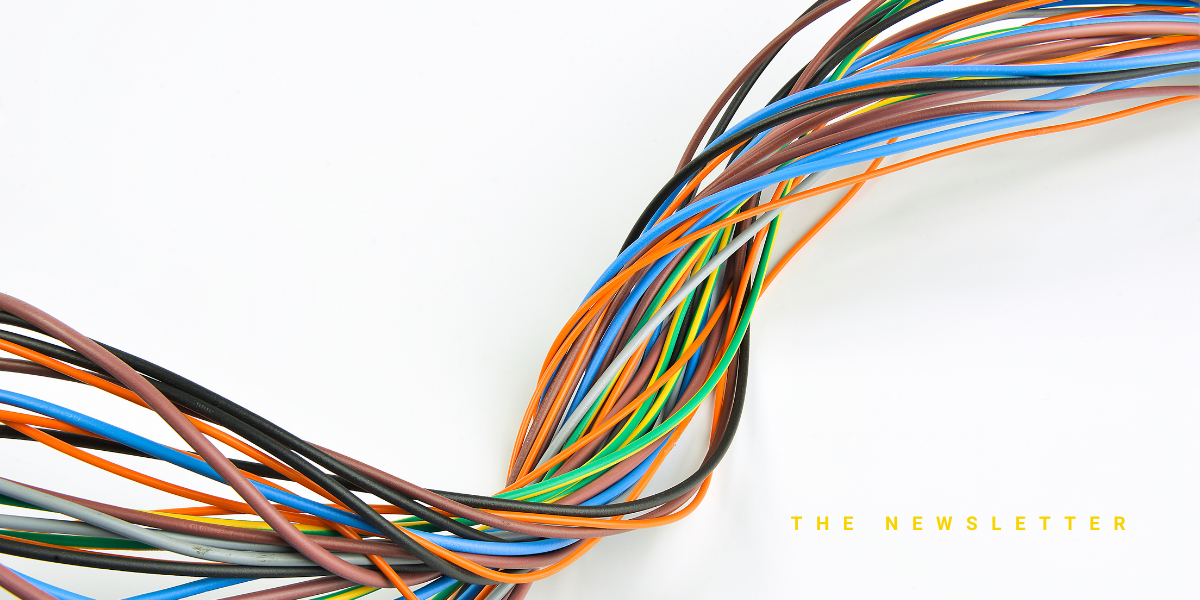The Companies Gearing Up to Help Boomers Avoid Nursing Homes
Keerthi Vedantam is a bioscience reporter at dot.LA. She cut her teeth covering everything from cloud computing to 5G in San Francisco and Seattle. Before she covered tech, Keerthi reported on tribal lands and congressional policy in Washington, D.C. Connect with her on Twitter, Clubhouse (@keerthivedantam) or Signal at 408-470-0776.

In the 1980s, emergency response company Life Alert released a commercial showing older people falling down in slippery bathtubs, pulling out the pendant-shaped device and shouting, "Help! I've fallen and I can't get up!"
Personal emergency response system (PERS) companies like Life Alert have long billed themselves as a solution for the 75% of adults 50 and over who want to live in their houses as long as possible, avoiding retirement homes or expensive live-in care facilities. Given that, according to the Centers for Disease Control and Prevention, three million people aged 65 and older are treated in ER rooms each year for fall injuries, there's certainly a need for services aimed at older folks.
But the Life Alert-style response technology has fallen out of favor with the population it serves.
"They don't want to wear those things, especially the one that you wear around your neck," said USC gerontology professor Elizabeth Zelinski. "The message, if you're going to be wearing one of those things, is you can't take care of yourself. You're dependent. Americans hate that."
Now, as the Baby Boomer generation grows older (the oldest among them is now age 74), one thing is increasingly clear to health care experts: Thanks to advancements in medical technology, this generation is generally expected to live longer than their predecessors, and will require more health care resources for a longer period of time.
The answer to the elderly care dilemma might lie in the remote patient-monitoring industry, a budding sector that uses sensor technology to track a patient's heart rate, movement and other biometrics to offer a trove of sophisticated data. That information can allow older people, who may be prone to falling or forgetting things, to stay at home while being monitored.
"How to manage them well before they get sick, is really critical in terms of providing them the best care possible," said UCLA professor of medicine Arash Naeim, "ensuring that they have the best quality of life, but also in terms of managing the limited resources that are available from a national perspective."
Current Technology Doesn't Meet Boomers' Demands
A slew of studies have found that PERS technology, while a good emergency resource, weren't always effective. One found 80% of PERS users didn't utilize it, despite being on the floor for an hour. Some said they don't wear theirs. Others said they thought they could get up on their own. Still, a few said they did not want to be a burden by activating the device. For PERS technology to work, it has to be embraced by the end user, which isn't always the case.
"You basically want patients to do nothing," said Ramin Ramenazi, a health analytics expert at UCLA. "These technologies, the ones that are successful, are the ones that are more and more passive."
And there is more of a need for new technology as boomers get older. Some aren't falling quite yet, but still need to be monitored for stroke risks, or signs of Alzheimer's or dementia. Solutions on the market—say, at-home caregivers, nursing homes, or PERS devices—are too extreme to meet those demands, according to Zelinski.
"How do you keep people safe?" she said. "Do you have to be so heavy-handed about it?"

The New Wave of Sensor Technology Could Change the Game for Seniors
While new sensor companies have long been working on ways to track the elderly, a fast-growing movement in remote patient monitoring that emerged during the COVID-19 pandemic has accelerated the technology's growth. In March 2020, the FDA relaxed some rules so clinical workers could monitor patients remotely and free up hospital space for those with more severe ailments and injuries. The technology was quickly embraced by health care institutions and clinical trial companies who needed to test a drug's effect on patients without forcing them to travel during the pandemic; in turn, a slew of companies have emerged targeting the elder and disabled population. Now, investments in the space have reached more than $3 billion, according to Pitchbook.
"I would say, five or six years ago, not so many companies were working on this. Maybe there were few," said Ramenazi. "Nowadays big stakeholders are playing in the field."
Current Health, a United Kingdom-based startup, offers a sleek wearable sensor that monitors lung health, body temperature, pulse rate and step count. The company's algorithms create a baseline model of the user's body, and then can track outliers in their behavior to better predict when in-person intervention is needed before an emergency occurs.
Another, Israel-based Vitalerter, uses wearable sensors to collect data on user movements and other vitals. It claims to be able to predict a fall one minute before it happens by using data like how easily the user got up, and when they are moving (if they got up in the middle of the night when they normally don't, they are more likely to fall). It also tracks irregular heartbeats to determine if someone is at risk of cardiac arrest.
Despite the apparent need for sensor technology, Ramenazi said, "We are still far from having a robust unified platform for monitoring the geriatrc population."
Already, there's been some progress on this front. The Oregon Center for Aging and Technology, housed inside the Oregon Health and Science University in Portland, has outfitted hundreds of elderly patients' homes with sensors. They place sensors in the home that don't have to be worn, programmed or connected to a patient's smartphone or tablet, but that track a variety of physical metrics to find behavioral patterns that can alert health care professionals to problems a patient might not even know about regarding their own health.
"The key is not the technology, because the technology gets improved over time pretty fast," Ramenazi said. "The key is to penetrate the market, have more patients in your pocket so that you can collect more information on them to build your predictive algorithms."
Lead image by Ian Hurley.
- Heal Get's $100M in Humana Deal to Extend Telehealth - dot.LA ›
- CVS and UPS team up for drone deliveries to retirees amid outbreak ... ›
- Health Tech Is Struggling to Navigate the FDA - dot.LA ›
- How Physicians Are Using Digital Devices To Track Patients - dot.LA ›
Keerthi Vedantam is a bioscience reporter at dot.LA. She cut her teeth covering everything from cloud computing to 5G in San Francisco and Seattle. Before she covered tech, Keerthi reported on tribal lands and congressional policy in Washington, D.C. Connect with her on Twitter, Clubhouse (@keerthivedantam) or Signal at 408-470-0776.





 e.l.f. Beauty Chairman and CEO Tarang Amin and Rhode Founder Hailey BieberImage Source: e.l.f. Beauty
e.l.f. Beauty Chairman and CEO Tarang Amin and Rhode Founder Hailey BieberImage Source: e.l.f. Beauty